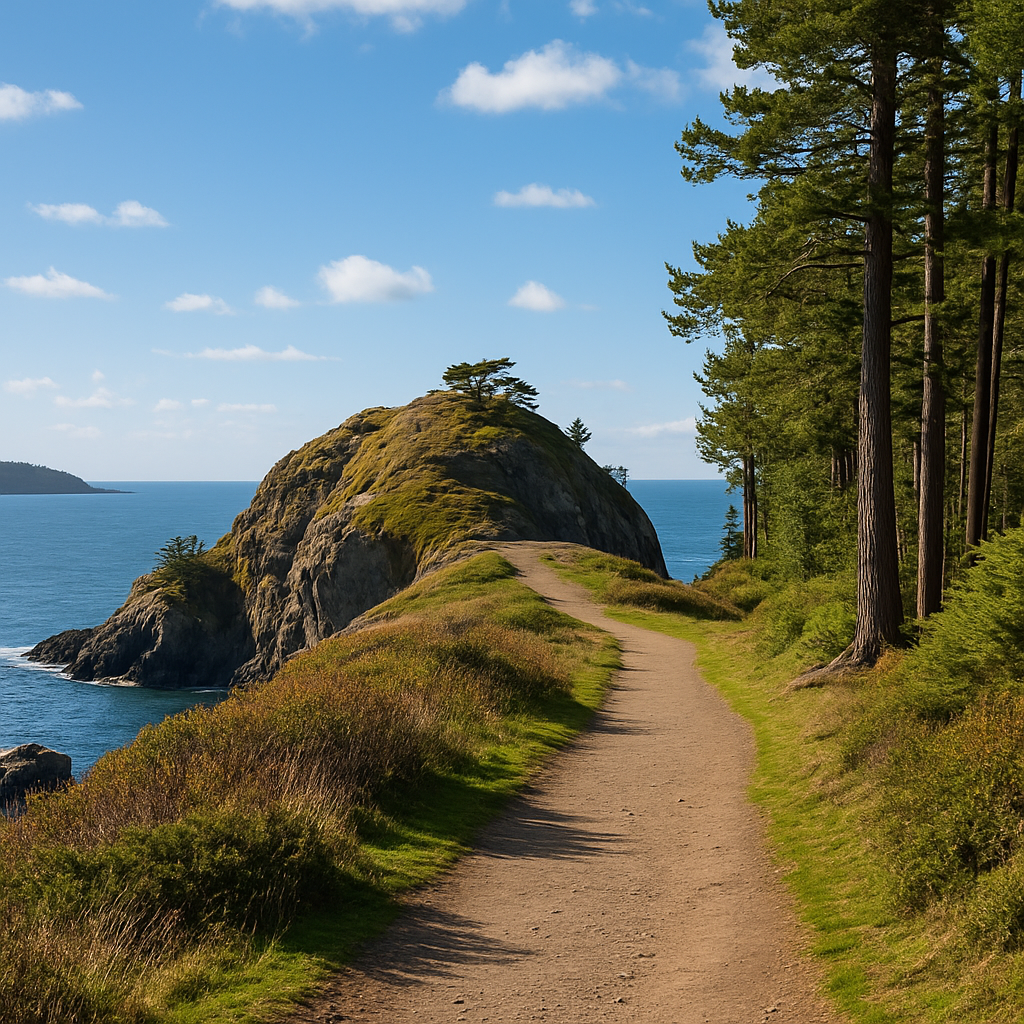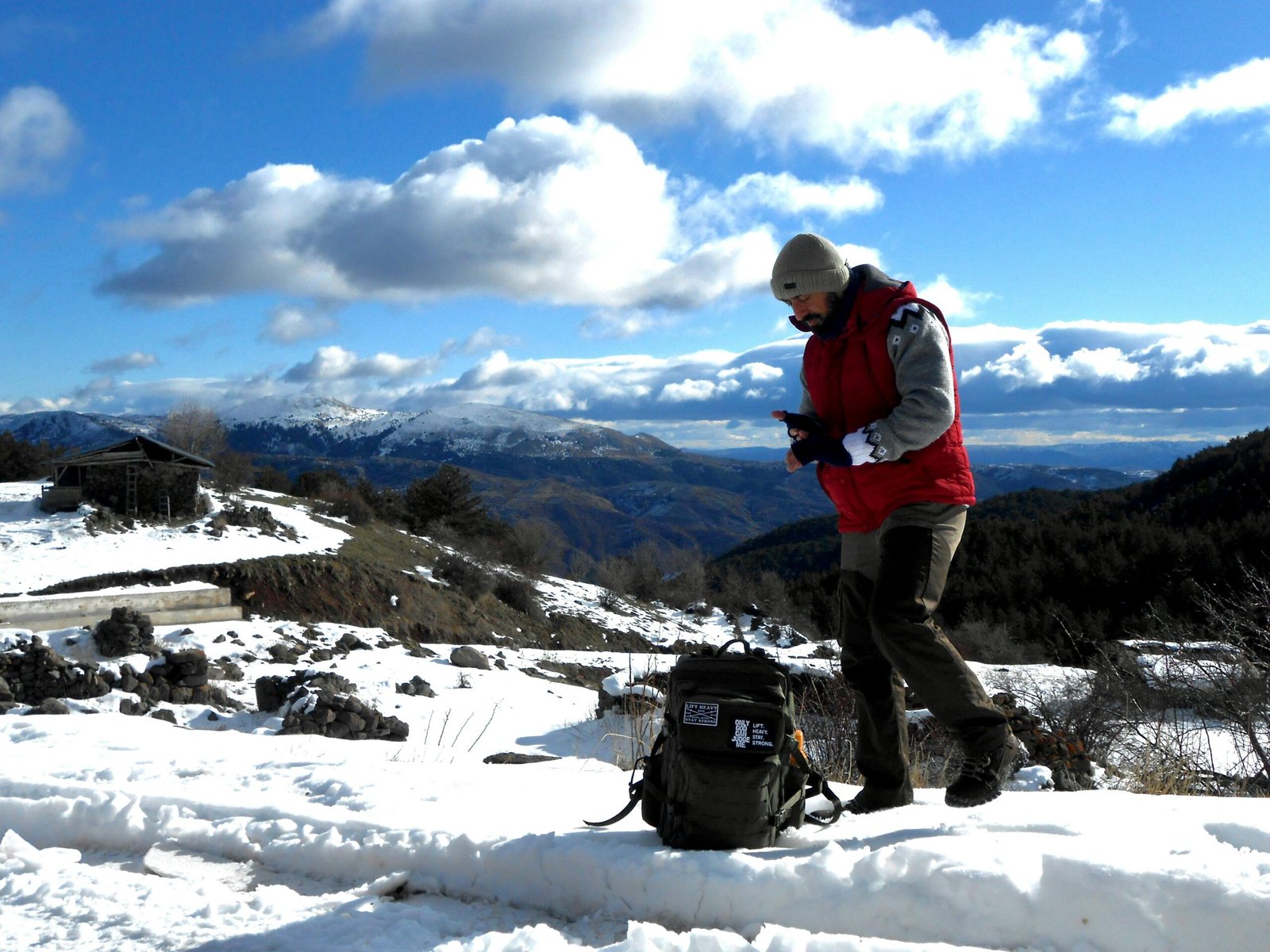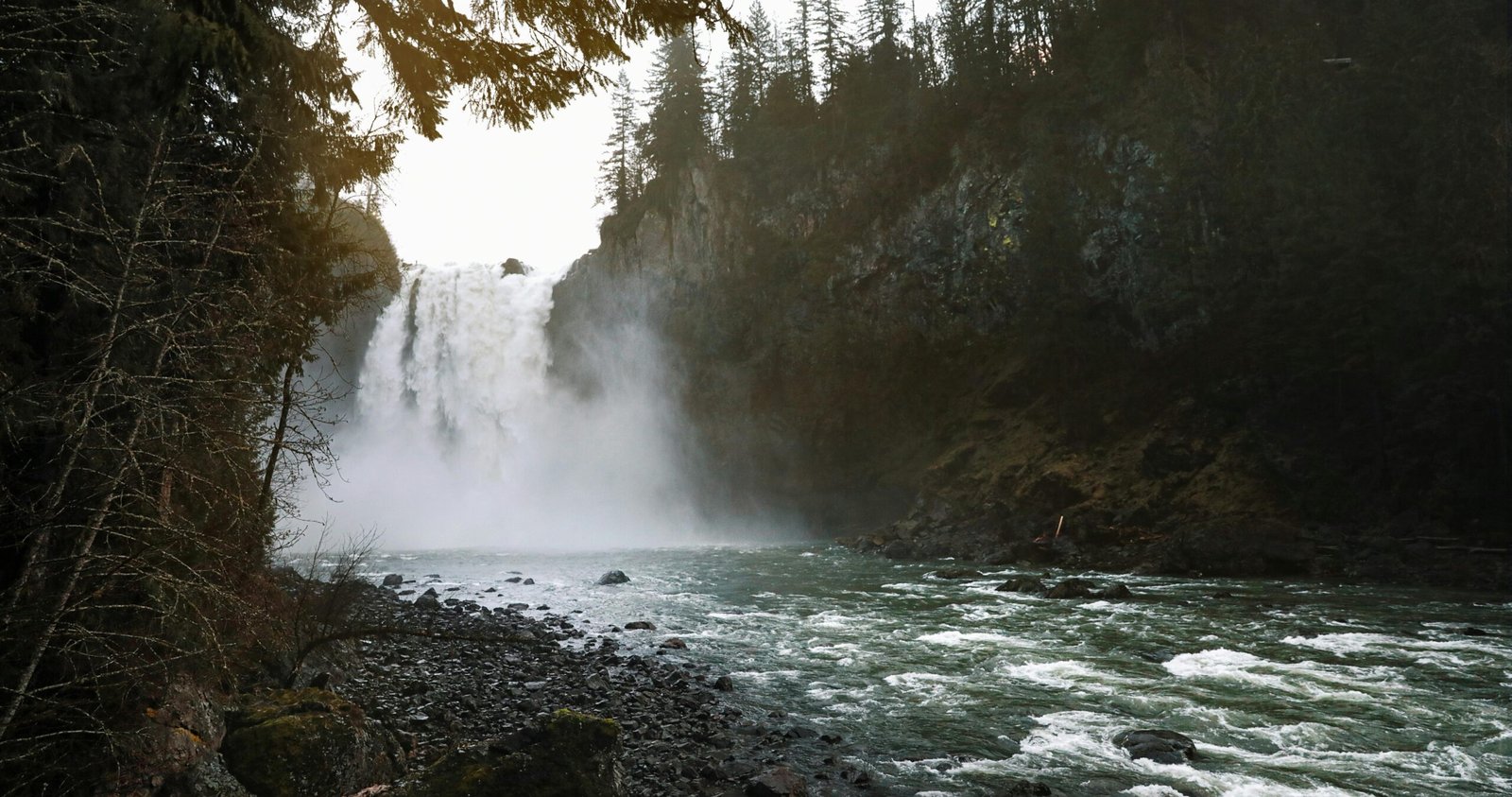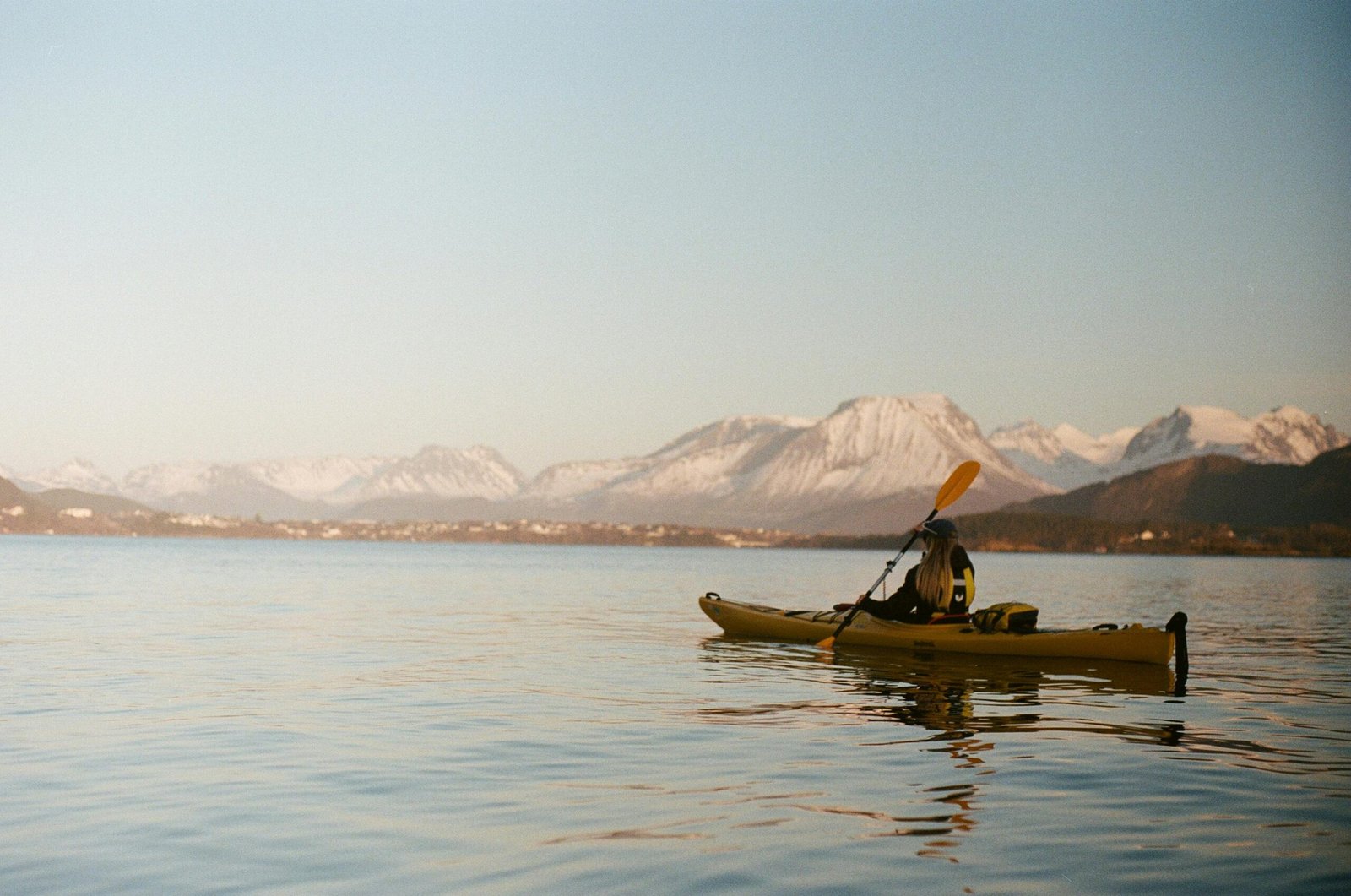Dreaming of waking up to pristine Washington wilderness, far from the buzz of crowded campgrounds? Boondocking, or dispersed camping, offers the ultimate freedom to connect with nature on your own terms. Washington State, with its diverse landscapes ranging from lush rainforests to majestic mountains and arid eastern plains, is a boondocker’s paradise. This guide will help you discover some of the best free camping spots and equip you with the knowledge to do it responsibly.
What Exactly is Boondocking?
For the uninitiated, boondocking (also known as dispersed camping) is camping for free in undeveloped areas, typically on public lands like National Forests or Bureau of Land Management (BLM) territory. This means no amenities like water hookups, restrooms, or picnic tables. It’s just you, your rig (be it an RV, van, or tent), and the great outdoors. The reward? Unparalleled solitude, stunning scenery, and a truly off-grid adventure.

Why Choose Washington for Your Next Boondocking Adventure?
Washington’s diverse geography makes it an exceptional boondocking destination:
- Varied Landscapes: From the mossy, temperate rainforests of the Olympic Peninsula to the volcanic peaks of the Cascades and the sun-drenched shrub-steppe of Eastern Washington, there’s a backdrop for every taste.
- Abundant Public Lands: Vast National Forests like the Olympic, Gifford Pinchot, and Okanogan-Wenatchee, along with Department of Natural Resources (DNR) lands, offer countless opportunities for dispersed camping.
- Adventure at Your Doorstep: Boondocking often places you right in the heart of hiking, fishing, wildlife viewing, and stargazing opportunities.
Key Considerations for Boondocking in Washington:
Before you head out, keep these crucial points in mind:
- Know the Rules: Regulations vary between National Forests, DNR land, and BLM areas. Always check the specific land manager’s website (USFS, DNR, BLM) for current rules, stay limits (often 14 days in a 30-day period), fire restrictions, and any required passes (like the Discover Pass for DNR lands).
- Leave No Trace: This is paramount. Pack out everything you pack in, stay on durable surfaces, dispose of waste properly (including human waste – dig a cathole 6-8 inches deep, at least 200 feet from water), minimize campfire impacts, respect wildlife, and be considerate of other visitors.
- Self-Sufficiency is Key: You’ll need to bring your own water, power source, food, and have a plan for waste disposal.
- Road Conditions: Many prime boondocking spots are accessed via unpaved Forest Service or DNR roads. Check conditions, especially early in the season or after heavy rains. High-clearance or 4WD vehicles may be necessary for some areas. Motor Vehicle Use Maps (MVUMs) from the Forest Service are invaluable for understanding legal road access.
- Cell Service: Expect limited to no cell service in many remote areas. Download offline maps and inform someone of your plans.
- Safety: Be aware of wildlife (bears, cougars), changing weather conditions, and secure your campsite.
Top Regions for Boondocking in Washington State:
While specific “spots” can change and are best discovered through research and responsible exploration, here are some of the best regions and land management areas known for excellent boondocking:
- Olympic National Forest:
- Why here: Surrounding the iconic Olympic National Park, this forest offers lush rainforest environments, river valleys, and access to coastal areas. Dispersed camping is common along many Forest Service roads.
- Experience: Expect towering trees, moss-laden landscapes, and the chance to explore areas like the Hoh and Quinault river systems (outside the National Park boundaries for dispersed camping). Some spots offer incredible solitude.
- Tips: Check the Olympic National Forest website for dispersed camping guidelines, current road conditions, and fire restrictions. Be prepared for rain, even in summer.
- Gifford Pinchot National Forest:
- Why here: Nestled between Mount Rainier, Mount Adams, and Mount St. Helens, this forest boasts incredible volcanic scenery, alpine meadows, and dense forests. Numerous Forest Service roads offer dispersed camping opportunities.
- Experience: Wake up to stunning mountain views, explore lava fields, or hike through old-growth forests. Areas around Randle, Packwood, and Trout Lake are popular starting points for finding spots.
- Tips: The Gifford Pinchot National Forest website is your go-to for MVUMs, alerts, and dispersed camping rules. This area is popular, so arriving mid-week or venturing further down less-traveled roads can yield more secluded sites.
- Okanogan-Wenatchee National Forest:
- Why here: Covering a vast expanse from the crest of the Cascades eastward into drier, sunnier terrain, this is Washington’s largest National Forest. It offers a huge variety of boondocking experiences, from high-altitude mountain views near Leavenworth and Lake Wenatchee to the more arid landscapes further east.
- Experience: Find spots with panoramic Cascade views, camp near alpine lakes (respecting distance rules), or enjoy the Ponderosa pine forests. Areas around Cle Elum, Naches, and Winthrop are gateways to extensive road networks.
- Tips: Due to its size, research specific Ranger Districts within the Okanogan-Wenatchee National Forest. Fire restrictions can be common in the drier eastern sections during summer.
- Washington State Department of Natural Resources (DNR) Lands:
- Why here: DNR manages state trust lands, and many allow for primitive and dispersed camping, especially in designated “working forests.” A Discover Pass is generally required for vehicle access.
- Experience: DNR lands can offer a mix of forested environments, often with a more rustic feel. Some areas have designated primitive campgrounds (free, first-come, first-served with minimal or no amenities), while others allow for true dispersed camping along open roads.
- Tips: Visit the Washington State DNR website for their recreation map, rules on dispersed camping (fires are often prohibited outside designated campgrounds on DNR land), and Discover Pass information. The Green Dot Road system, often managed in partnership with DNR and WDFW, provides access to many dispersed recreation areas.
- Colville National Forest:
- Why here: Located in northeastern Washington, this forest is less crowded than some of the Cascade forests and offers a more remote wilderness experience.
- Experience: Explore rolling mountains, dense forests, and numerous lakes. It’s great for those seeking solitude and a chance to see diverse wildlife.
- Tips: Check the Colville National Forest website for guidelines. This area is truly off the beaten path, so be prepared for self-sufficiency.
Essential Gear for Washington Boondocking:
- Water: Plenty of fresh water and/or a reliable water filtration/purification system.
- Power: Solar panels, generator (be mindful of noise and run times), or sufficient battery power.
- Navigation: Offline maps (Forest Service MVUMs, Gaia GPS, OnX Offroad), compass, and GPS device.
- Leveling Blocks: Essential for parking your RV or van on uneven ground.
- Shovel: For digging catholes and managing campfires (if permitted).
- Communication: Satellite messenger or personal locator beacon for areas with no cell service.
- First-Aid Kit: A comprehensive kit is crucial for remote adventures.
- Tire Repair Kit & Air Compressor: For rough roads.
- Bear-Resistant Food Storage: Especially important in bear country.
The Golden Rule: Leave No Trace
The ability to boondock freely relies on everyone practicing meticulous Leave No Trace principles:
- Plan Ahead and Prepare: Know the area and its regulations.
- Travel and Camp on Durable Surfaces: Use existing spots. Avoid creating new ones.
- Dispose of Waste Properly: Pack it in, pack it out – all of it. Dig catholes for human waste 200ft from water.
- Leave What You Find: Let others enjoy the beauty.
- Minimize Campfire Impacts: Use existing fire rings if allowed and ensure fires are completely out. Better yet, use a camp stove.
- Respect Wildlife: Observe from a distance; never feed animals.
- Be Considerate of Other Visitors: Keep noise down and respect others’ solitude.
Finding Your Own Perfect Boondocking Spot:
- Official Sources:
- U.S. Forest Service (USFS) websites: Each National Forest has a website with recreation maps, MVUMs, and dispersed camping rules. Visit local ranger stations for the most current info.
- Washington State Department of Natural Resources (DNR): Provides maps and guidelines for recreation on state lands.
- Bureau of Land Management (BLM): While less BLM land in Western WA, there are opportunities, particularly in Eastern WA.
- Apps & Websites (use as a starting point, always verify with official sources):
- iOverlander: User-generated content with GPS coordinates for wild camping spots, water, dump stations, etc.
- Campendium: Lists free camping, with reviews and photos.
- The Dyrt: Similar to Campendium, with a “Dispersed” filter.
- FreeCampsites.net: A database of free camping locations.
Your Washington Boondocking Adventure Awaits!
Boondocking in Washington offers an unparalleled opportunity to immerse yourself in the state’s stunning natural beauty. By planning carefully, respecting the land and its rules, and embracing the spirit of self-reliance, you can create unforgettable memories far from the beaten path.
Now, go forth, explore responsibly, and enjoy the wild heart of Washington! (And if you find an amazing spot, consider keeping the specifics a well-guarded secret to help preserve its pristine nature for future adventurers.)
When you purchase through links on our site, we may earn an affiliate commission.





